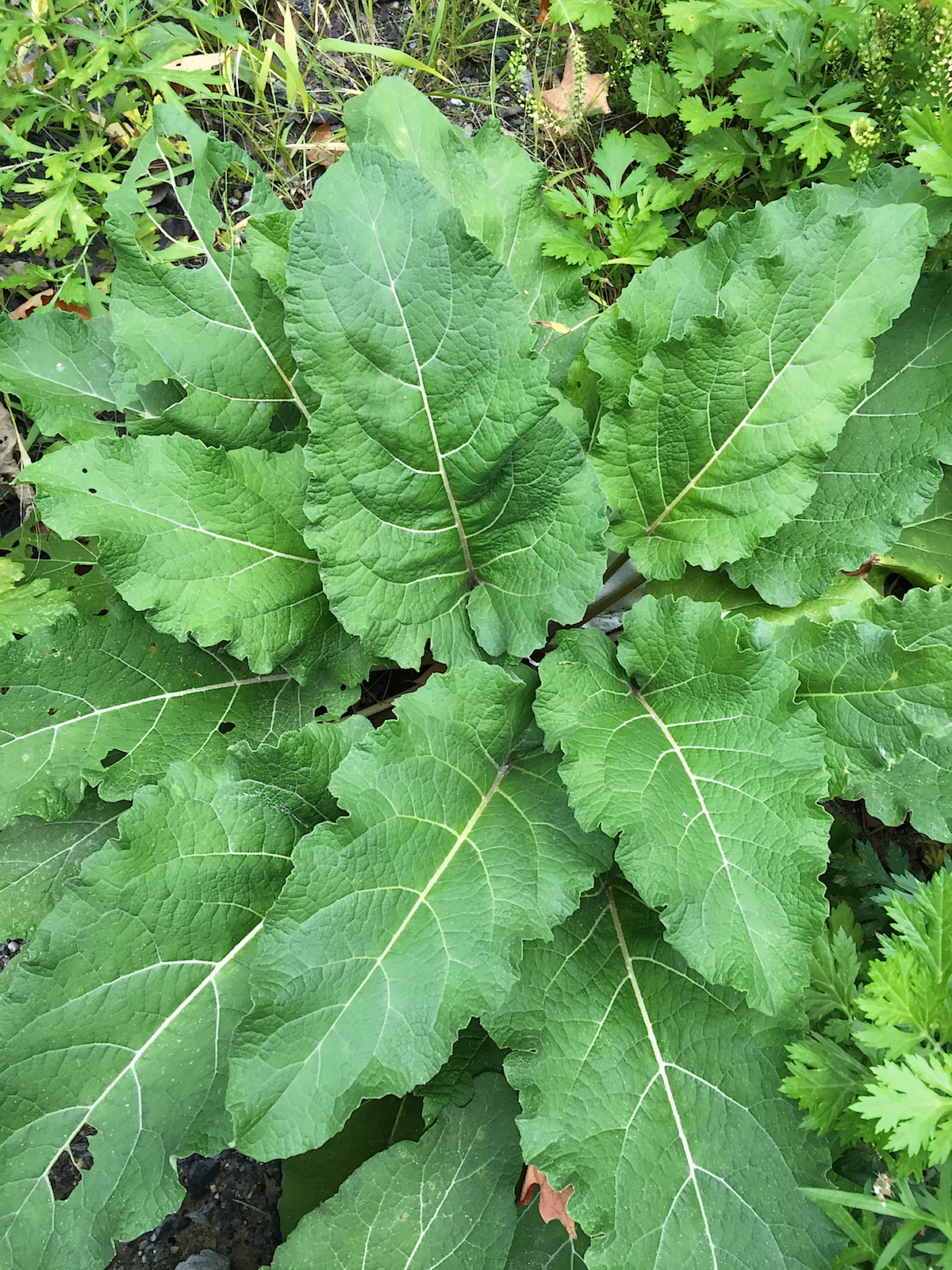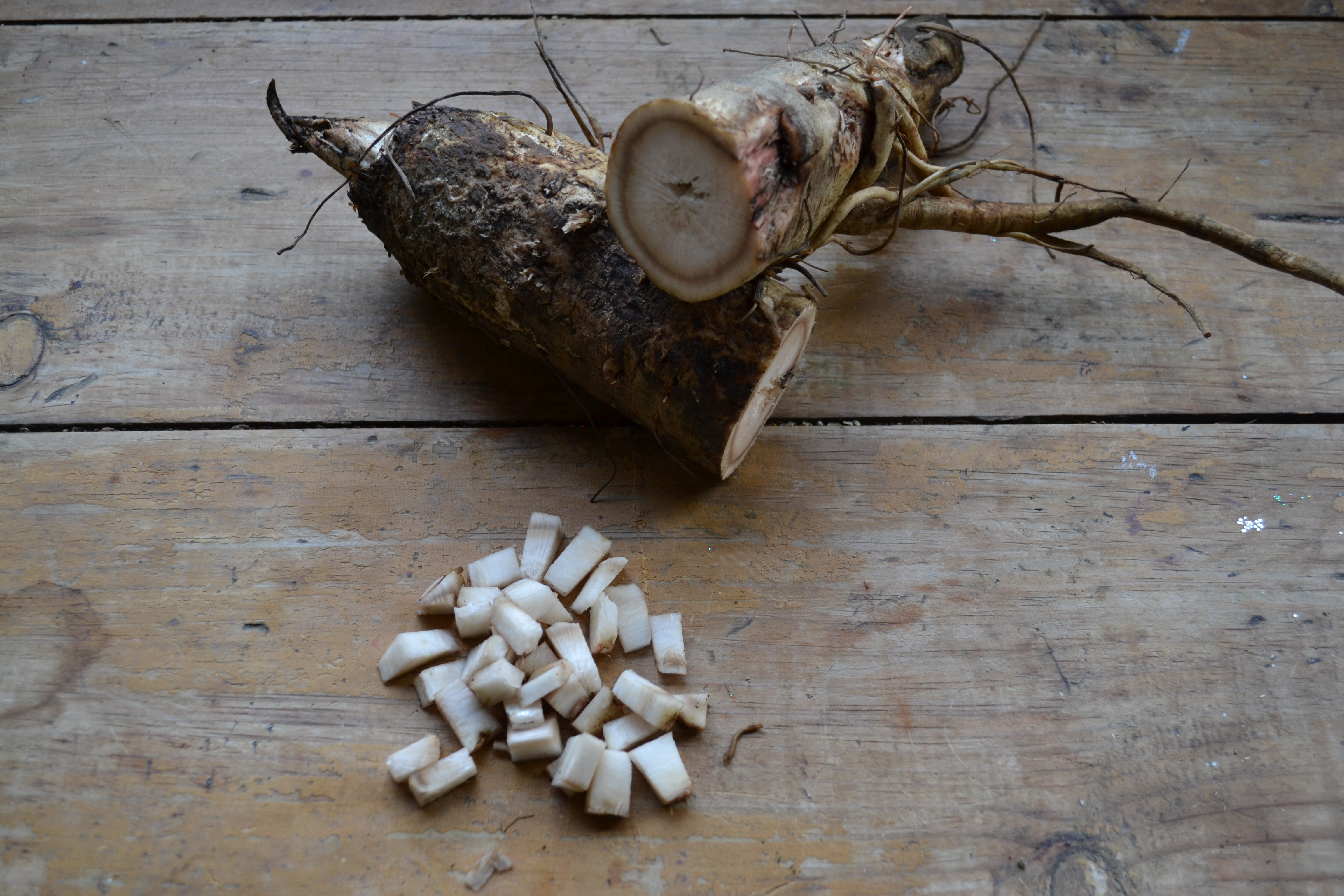

Burdock Basics
By TJ Phoenix
Burdock root has historically been used to encourage liver and lymph detoxification.
Burdock helps support the liver in its work to remove many of the same toxins that could also manifest as skin imbalances, including eczema, psoriasis, and acne.
You may also consider burdock root for digestive woes, dysbiosis, reproductive issues, and hypertension.
Burdock root promotes healthy kidney function and supports the body in expelling uric acid, making it helpful for gout and rheumatism. Rosemary also suggests using burdock leaves or seeds in salves and washes for itchy, irritated skin.
It’s a powerhouse of antioxidants
Burdock root has been shown to contain multiple types of powerful antioxidants, including quercetin, luteolin, and phenolic acids
Antioxidants protect cells in the body from damage due to free radicals.
They can help treat and prevent a number of different health conditions.
Antioxidants can also help to reduce inflammation. One study found that burdock root reduced inflammatory markers in the blood of patients with osteoarthritis
It removes toxins from the blood
One of the most common uses for burdock root has been to purify the blood.
Recent evidence has found that burdock root contains active ingredients in its root system that can remove toxins from the bloodstream.
Research also found that burdock root effectively detoxified blood and promoted increased circulation in the surface of the skin
Burdock root, as it turns out, may not only purify the blood, but it may also inhibit certain types of cancer.
Research has also found that burdock had “potent inhibitory effects” on cancer growth caused by cancers like pancreatic carcinoma. Another study found burdock root significantly interfered with cancer cell growth.
Nutritionally, burdock root contains inulin, which is a type of water-soluble fiber that helps feed the beneficial bacteria in the gut.
In general, burdock is quite safe
